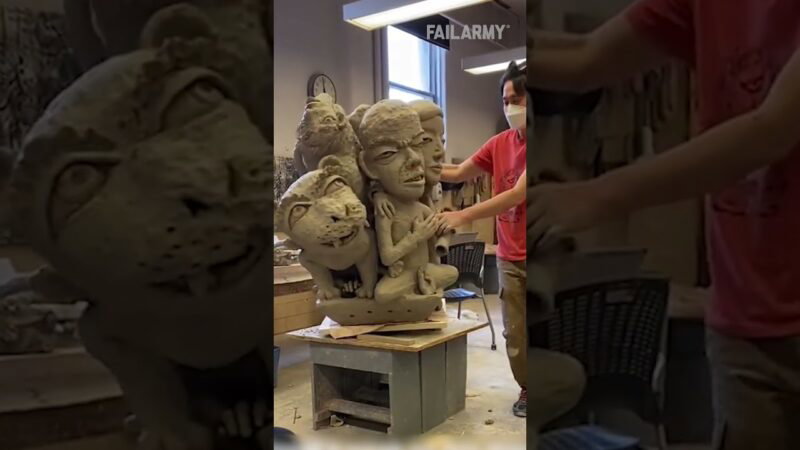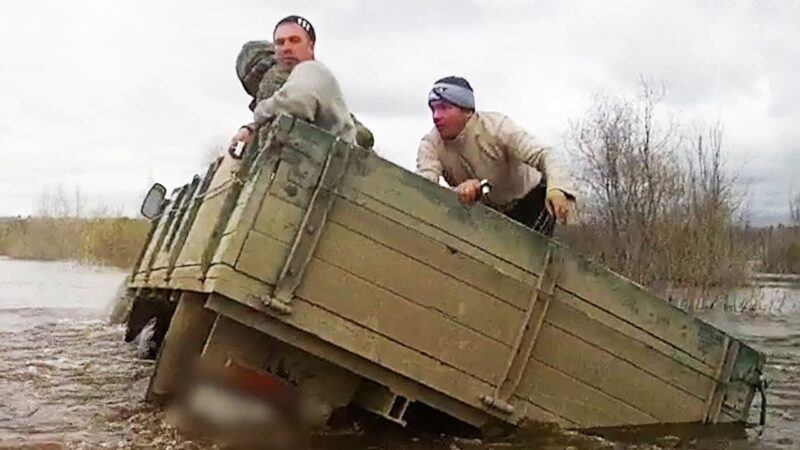Reviews
User Score
Rate This
Descriptions:
Rancher takes care of Predator’s big problem | 70 coyotes slaughtered
The coyote
The coyote (Canis latrans) is one of the most popular seven representatives of the canid family found in Canada, whose other members are the wolf, red fox, arctic fox, gray fox, swift fox and dog. wolfMale coyotes weigh from 9 to 23 kg and measure 1.2 to 1.5 m, including tail (30 to 40 cm long). It measures 58 to 66 cm high at the shoulder. The female is usually four-fifths the size of the male, with large, pointed, erect ears, a tapered snout and a black nose. Unlike most dogs, the coyote’s muzzle and forehead form a more or less continuous line. Yellow, slightly almond-shaped eyes with round, black pupils give the coyote its characteristic cunning. The canines are particularly long, and the bite can be serious. The neck is well furred and appears massive compared to the rest of the body. The foot is longer than that of a dog of the same size, with four toes and non-retractable claws. The front feet have a rudimentary thumb, reduced to a high claw on the inside. Claws are neither for attacking nor defending; they are blunted by continuous contact with the ground. soil and do not leave deep impressions. furThese are generally tawny-gray in color, but darker on the back half, where black-tipped hairs form waves. The legs, feet, back of the ears and muzzle are more yellowish, while the throat, belly and inside of the ears are whiter. The tail, darker on top than on the underside, is pale fawn in the last half, and black at the tip.The coyote’s long, soft fur protects the animal from the cold. Like all canids, the coyote has a scent gland at the base of its tail. Similar glands are also found in other parts of the body. Scent glands often become more active when animals meet. Coyote urine has a strong odor and is used to mark territory. Trappers use these secretions when setting traps to attract coyotes.




























